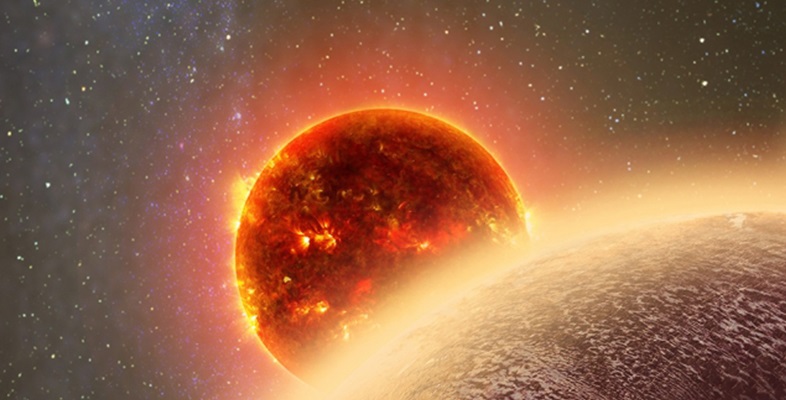The Kepler results
As you’ve seen, by combining the likelihood of detecting a particular kind of planet with the number that actually were detected, you can work out how many such planets exist. Using this method, Kepler scientists estimated the total numbers of different types of planet in the Galaxy. Although there is still a lot of uncertainty about these numbers, astronomers have estimated that roughly half of the stars in the Milky Way have at least one planet.
Kepler has discovered lots of stars with more than one planet. Some systems have six, seven or even eight known planets. In fact, there are probably more planets than stars.
As noted at the beginning of this course, planets are much harder to find than stars. From Kepler, we have evidence that there are many planets, but so far astronomers have only found a tiny fraction of the Galaxy’s population of planets.
